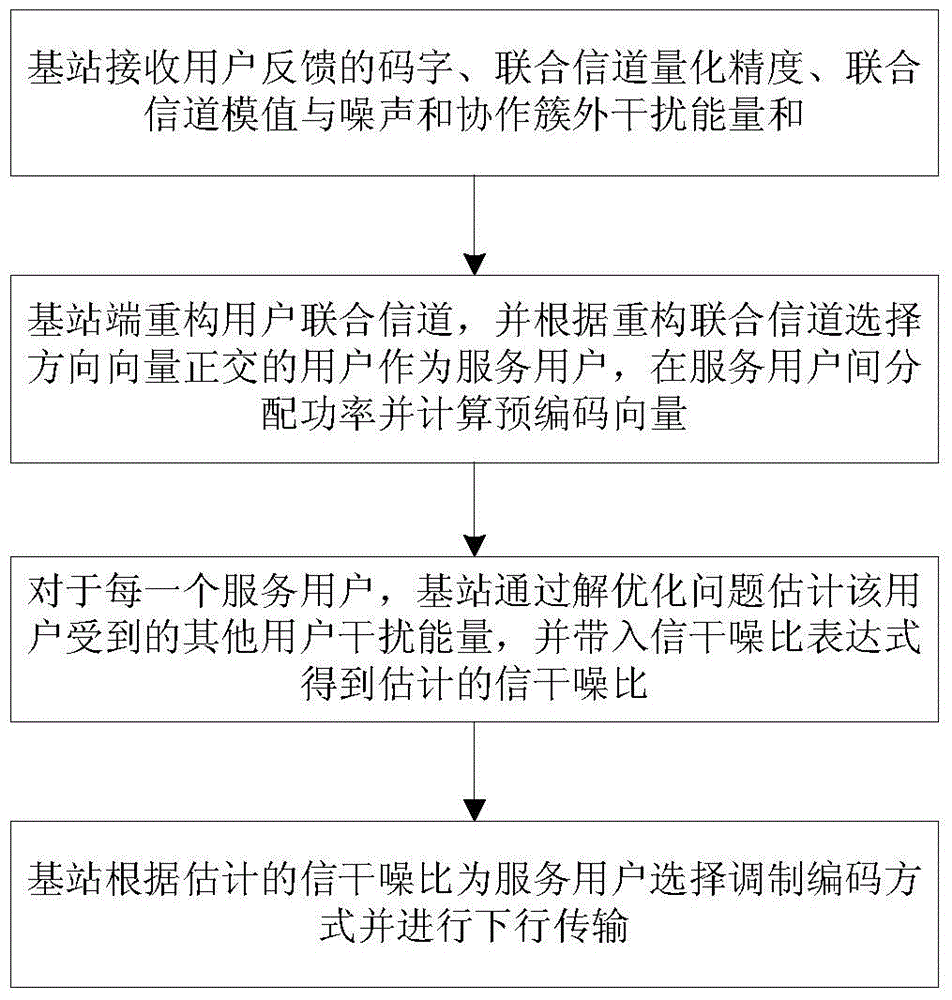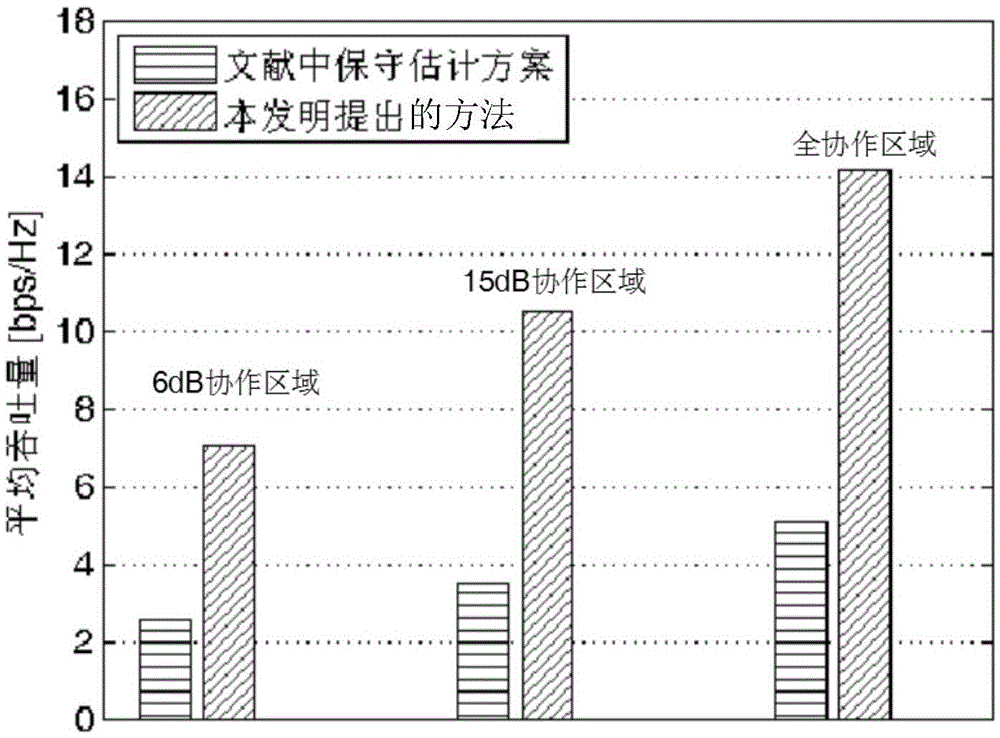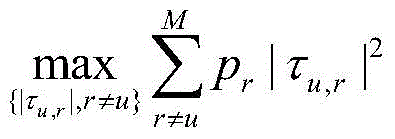A Base Station Signal-to-Interference-to-Noise Ratio Estimation Method for Coordinated Multipoint Transmission System
A technology of multi-point transmission and cooperative base station, which is used in transmission systems, digital transmission systems, diversity/multi-antenna systems, etc.
- Summary
- Abstract
- Description
- Claims
- Application Information
AI Technical Summary
Problems solved by technology
Method used
Image
Examples
Embodiment Construction
[0031] The present invention provides a method for estimating the signal-to-interference and noise ratio at the base station for a coordinated multipoint transmission system. The method makes full use of the channel characteristics of the coordinated multipoint transmission system, and can more accurately estimate the signal-to-interference-noise ratio of the downlink transmission of the serving users compared with the existing schemes, so that the base station can choose a more suitable modulation and coding method for the served users, and finally To achieve the purpose of improving the user's data rate performance. The technical solutions of the present invention will be described below with reference to the accompanying drawings and embodiments.
[0032] The embodiment of the present invention takes a three-base station cooperation system as an example. In the simulation, each base station is configured with four transmit antennas, and each user is configured with a singl...
PUM
 Login to View More
Login to View More Abstract
Description
Claims
Application Information
 Login to View More
Login to View More - R&D
- Intellectual Property
- Life Sciences
- Materials
- Tech Scout
- Unparalleled Data Quality
- Higher Quality Content
- 60% Fewer Hallucinations
Browse by: Latest US Patents, China's latest patents, Technical Efficacy Thesaurus, Application Domain, Technology Topic, Popular Technical Reports.
© 2025 PatSnap. All rights reserved.Legal|Privacy policy|Modern Slavery Act Transparency Statement|Sitemap|About US| Contact US: help@patsnap.com



